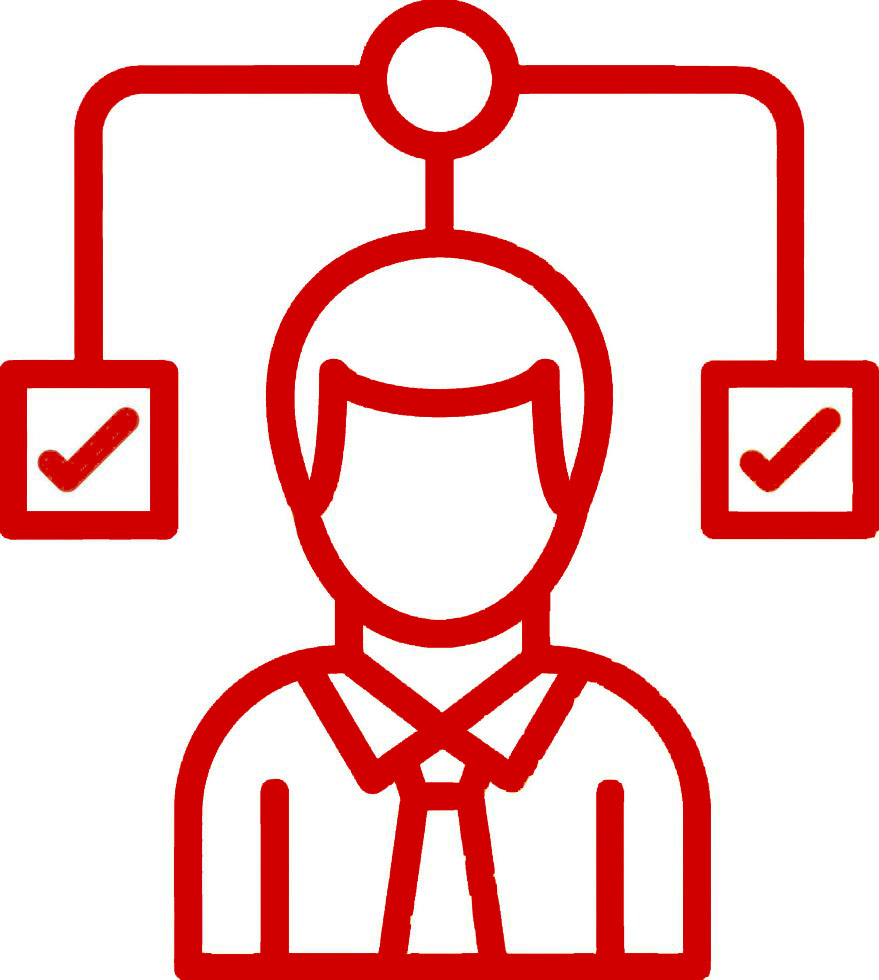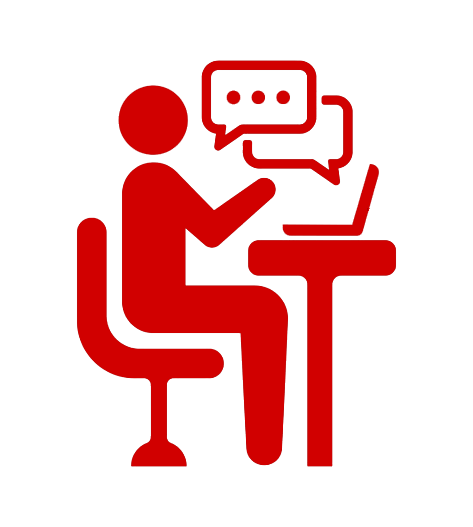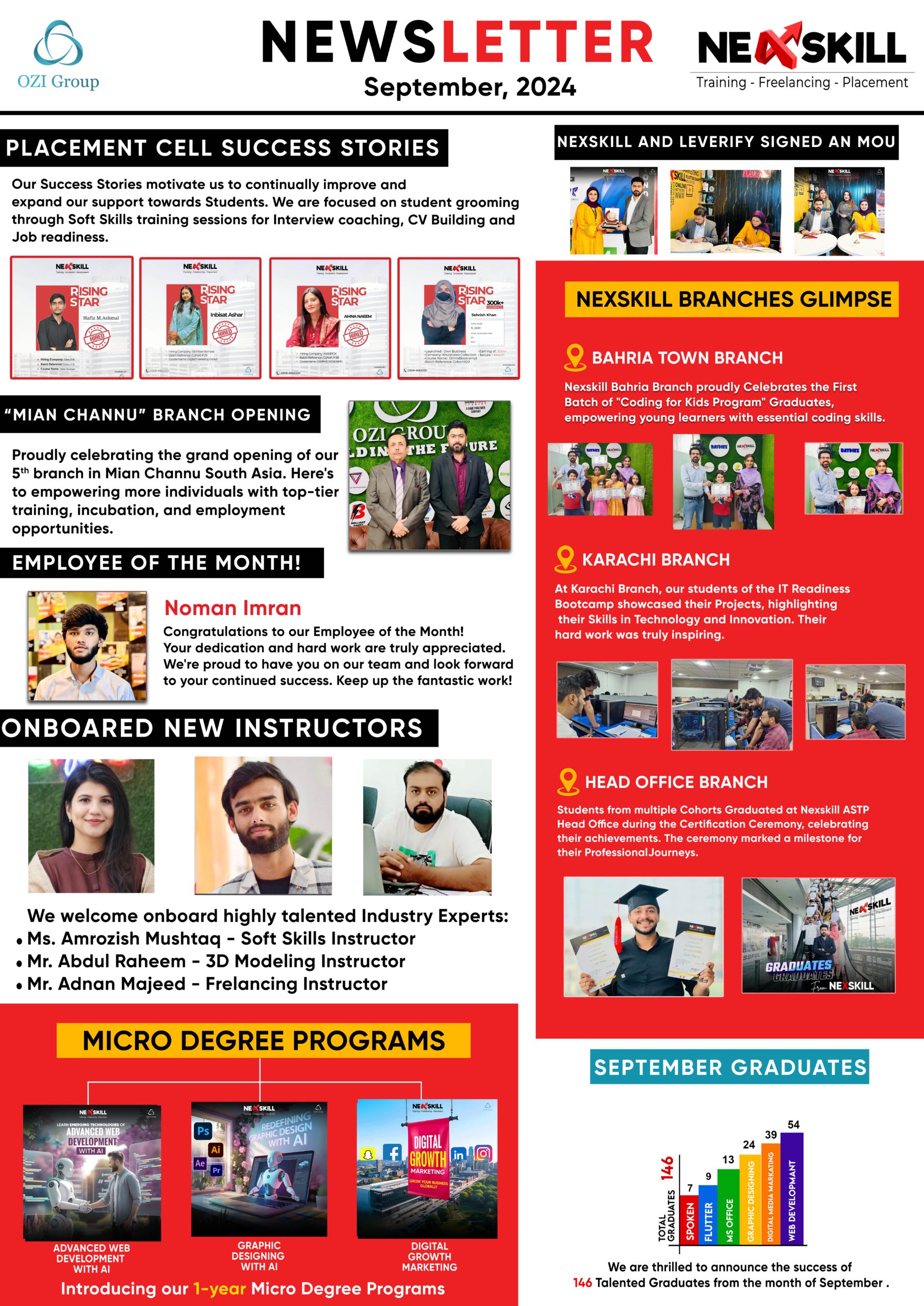 13Nov
13Nov 

Ready to elevate your IT skills with Pakistan’s No. 1 IT training institute? Nexskill offers cutting-edge programs in emerging technologies, focusing not only on technical training but also on essential soft skills and job placement support.
Bridging the gap between industry and academia, Nexskill equips graduates with the in-demand skills needed to excel in the global job market.
Ready to elevate your IT skills with Pakistan’s No. 1 IT training institute? Nexskill offers cutting-edge programs in emerging technologies, focusing not only on technical training but also on essential soft skills and job placement support.
Bridging the gap between industry and academia, Nexskill equips graduates with the in-demand skills needed to excel in the global job market.




Nexskill Iqbal Town
Bahria Town Lahore
The vision got wider when NeXskill started to expand its roots in different cities of Pakistan like Lahore, Karachi and Islamabad. NeXskill envisions to make a skillful and successful Pakistan therefore is working tirelessly to become an epitome of skilled house.




Nexskill’s Job Placement Cell is dedicated to student employment and industry placements. With over 170 industry partners, our placement cell focuses on connecting graduates with job opportunities, ensuring they have the support and resources needed to succeed in their professional journeys.




















 13Nov
13Nov  21Oct
21Oct  07Sep
07Sep Get unlimited access to 100+ of Nexskill top courses for your team. Our quality curriculum is designed with top-tier industry partners, not academics, so you learn the high.


WhatsApp us